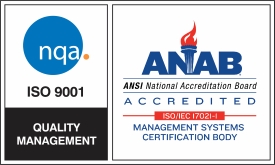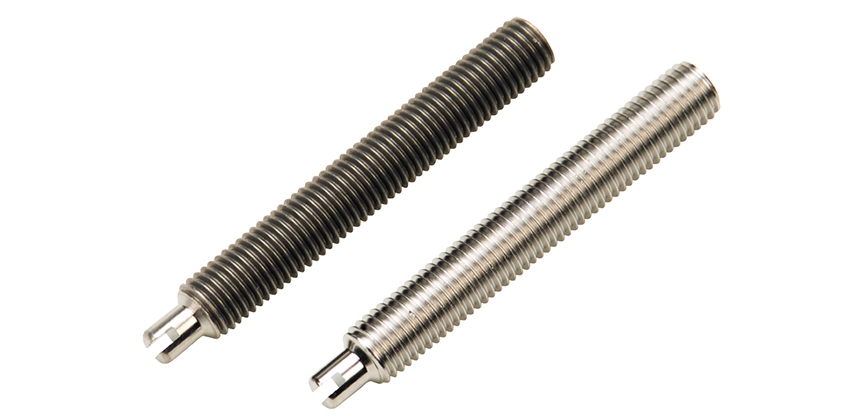
Many machined metal parts undergo a plating or coating as the final step in production – for added durability, corrosion resistance, or to achieve a certain appearance or functionality.
But whether the plating or coating is nickel, gold, zinc, Teflon or powder coat, the quality of the surface finish prior to applying is critical. Any defects or contamination on the part, including burrs and microcracks left behind by machining processes, can compromise finishing results, leading to poor adhesion and other conditions:
- Cracking
- Flaking
- Peeling
- Blistering
- Discoloration
- Coating separation
- Uneven layers and buildup
- Corrosion
- Part Failure
The Role of Electropolishing for Electroplating & Coating Quality Control
While electropolishing is often specified as the last step for finishing critical metal parts, the defect-free surface finish it provides is ideal for parts that undergo electroplating or coating as a final finishing step.
In addition to improving the microfinish by up to 50%, electropolishing leaves metal parts in a passive state, helping protect the finish from oxidation. It also leaves part edges burr-free and with a slight radius, preventing plating material from building up around the edges.
The result is a defect-free finish with enhanced corrosion resistance and durability and a surface unmarred by discontinuities that can interfere with the adhesion of plating or coating materials.
Precise & Consistent Results for Preparing Surface Prior to Plating or Coating
Success Story
Electropolishing + Electroplating for Improved Conductivity
Client: Manufacturer of beryllium copper contacts for 2-way radios
Challenge: A customer was experiencing conductivity issues
Solution: Electropolishing eliminated a die break around the part edges prior to plating and the problem was resolved
Electropolishing, sometimes described as “reverse electroplating,” combines an electrolytic solution and an electrical current to remove a precise and consistent layer of surface material, eliminating defects, and leaving parts in a passive state.
Effective for a wide range of alloys, including stainless steel, carbon steel, copper, nickel, aluminum, brass, Nitinol and titanium, among others, the electropolishing process ensures a uniform, even finish across the entire part surface.
Custom Racking & Quality Control for Your Critical Parts
While tumbling and vibratory finishing can be effective in removing burrs and defects, it is far less precise and can result in damage, especially for parts with delicate sealing surfaces.
At Able Electropolishing, our process includes careful racking of parts to ensure no part-to-part contact during the process. Custom rack makers on all three shifts ensure the proper racking is used for each part.
To learn more about how we can help improve the finish and functionality of your plated and coated parts, including hydraulics, pneumatics, automotive, medical and battery components, contact a member of our team. You can also send us a sample part to electropolish for free to see the results firsthand.




